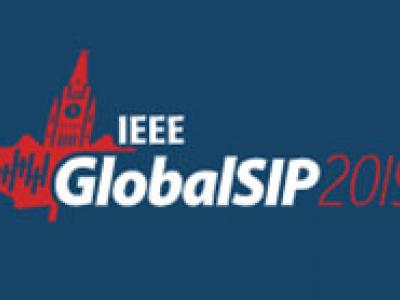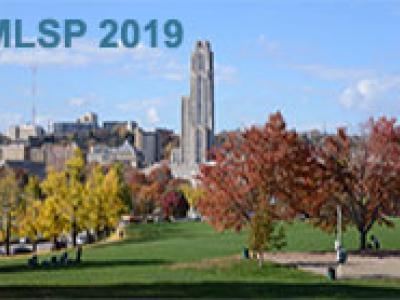
- Read more about MoGA: Searching Beyond MobileNetV3
- Log in to post comments
In this paper, we aim to bring forward the frontier of mobile neural architecture design by utilizing the latest neural architecture search (NAS) approaches. First, we shift the search trend from mobile CPUs to mobile GPUs, with which we can gauge the speed of a model more accurately and provide a production-ready solution. On this account, our overall search approach is named \alert{Mobile GPU-Aware neural architecture search (MoGA)}.
- Categories:
 124 Views
124 Views
- Read more about Serious Games and ML for Detecting MCI
- Log in to post comments
Our work has focused on detecting Mild Cognitive Impairment (MCI) by developing Serious Games (SG) on mobile devices, distinct from games marketed as 'brain training' which claim to maintain mental acuity. One game, WarCAT, captures players' moves during the game to infer processes of strategy recognition, learning, and memory. The purpose of our game is to use the generated game-play data combined with machine learning (ML) to help detect MCI. MCI is difficult to detect for several reasons.
- Categories:
 238 Views
238 Views
- Read more about SURFACE EMG-BASED HAND GESTURE RECOGNITION VIA DILATED CONVOLUTIONAL NEURAL NETWORKS
- 1 comment
- Log in to post comments
The recent evolution of Artificial Intelligence (AI) and deep learning models coupled with advancements of assistive robotic systems have shown great potential in significantly improving myoelectric control of prosthetic devices. In this regard, the paper proposes a novel deep-learning-based architecture for processing surface Electromyography (sEMG) signals to classify and recognize upper-limb hand gestures via incorporation of dilated causal convolutions.
- Categories:
 370 Views
370 Views
- Read more about VayuAnukulani: Adaptive memory networks for air pollution forecasting
- Log in to post comments
Air pollution is the leading environmental health hazard globally due to various sources which include factory emissions, car exhaust and cooking stoves. As a precautionary measure, air pollution forecast serves as the basis for taking effective pollution control measures, and accurate air pollution forecasting has become an important task. In this paper, we forecast fine-grained ambient air quality information for 5 prominent locations in Delhi based on the historical and realtime ambient air quality and meteorological data reported by Central Pollution Control board.
- Categories:
 80 Views
80 Views
- Read more about Stochastic Tucker-Decomposed Recurrent Neural Networks for Forecasting
- Log in to post comments
The growing edge computing paradigm, notably the vision of the internet-of-things (IoT), calls for a new epitome of lightweight algorithms. Currently, the most successful models that learn from temporal data, which is prevalent in IoT applications, stem from the field of deep learning. However, these models evince extended training times and heavy resource requirements, prohibiting training in constrained environments. To address these concerns, we employ deep stochastic neural networks from the reservoir computing paradigm.
- Categories:
 67 Views
67 Views
- Read more about EEG SIGNAL DIMENSIONALITY REDUCTION AND CLASSIFICATION USING TENSOR DECOMPOSITION AND DEEP CONVOLUTIONAL NEURAL NETWORKS
- Log in to post comments
- Categories:
 24 Views
24 Views
- Read more about Robust importance-weighted cross-validation under sample selection bias
- Log in to post comments
Cross-validation under sample selection bias can, in principle, be done by importance-weighting the empirical risk. However, the importance-weighted risk estimator produces sub-optimal hyperparameter estimates in problem settings where large weights arise with high probability. We study its sampling variance as a function of the training data distribution and introduce a control variate to increase its robustness to problematically large weights.
- Categories:
 53 Views
53 Views
- Read more about A Benchmark Study of Backdoor Data Poisoning Defenses for Deep Neural Network Classifiers and A Novel Defense
- Log in to post comments
While data poisoning attacks on classifiers were originally proposed to degrade a classifier's usability, there has been strong recent interest in backdoor data poisoning attacks, where the classifier learns to classify to a target class whenever a backdoor pattern ({\it e.g.}, a watermark or innocuous pattern) is added to an example from some class other than the target class.
- Categories:
 142 Views
142 Views